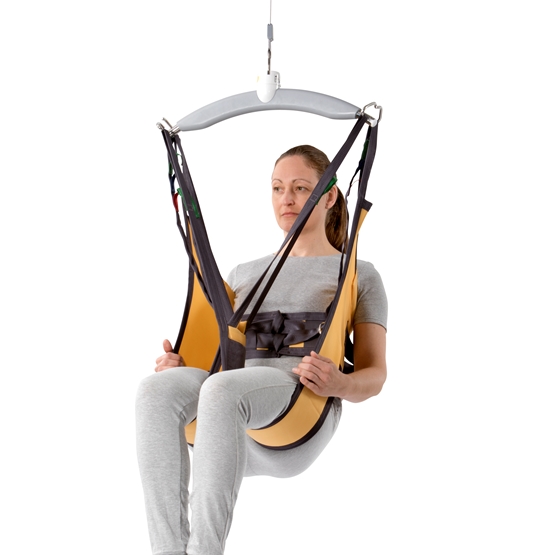
Active Micro Plus Toilet Sling
Priced from
£196.00
What we say
Sling designed for toileting and bathing use. Options: range of sizes.
ADD FOR COMPARISON
Multicare Medical Ltd
Hire through Lendocare
This product is unfortunately unavailable for hire, however; you can express your interest in making this product available for hire by clicking the button below!
If you are a national retailer who is not listed please read our faqs to find out how to add your company. If you are listed and need to update your details please read how to update your listing.
Product Information
Manufacturer's Product Description
The manufacturer has not provided any further information about this product
Manufacturer's Contact Details
Guldmann UK
Unit 57 Basepoint Business Centre
Rivermead Drive
Westlea
Swindon
Wiltshire
SN57EX
UK
01793608806 info_uk@guldmann.comKey Features
- polyester construction
- upper body, chest and upper thigh support
- support straps which tighten automatically when sling is in use
- large access area for toileting and personal care
Product Dimensions
| Dimensions | |
|---|---|
| Capacity | 255kg |
| Sizes | |
| Sizes | S; M; L; XL |
Product Specification
No product specification has been specified.